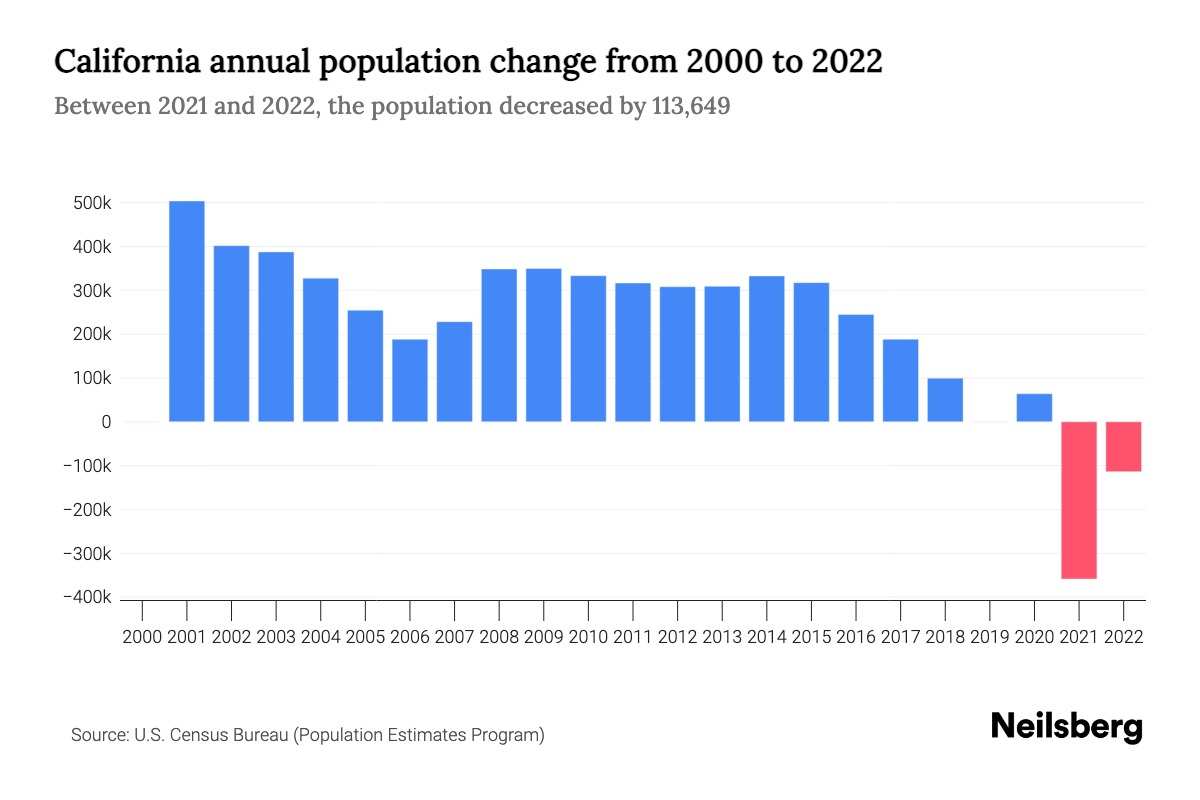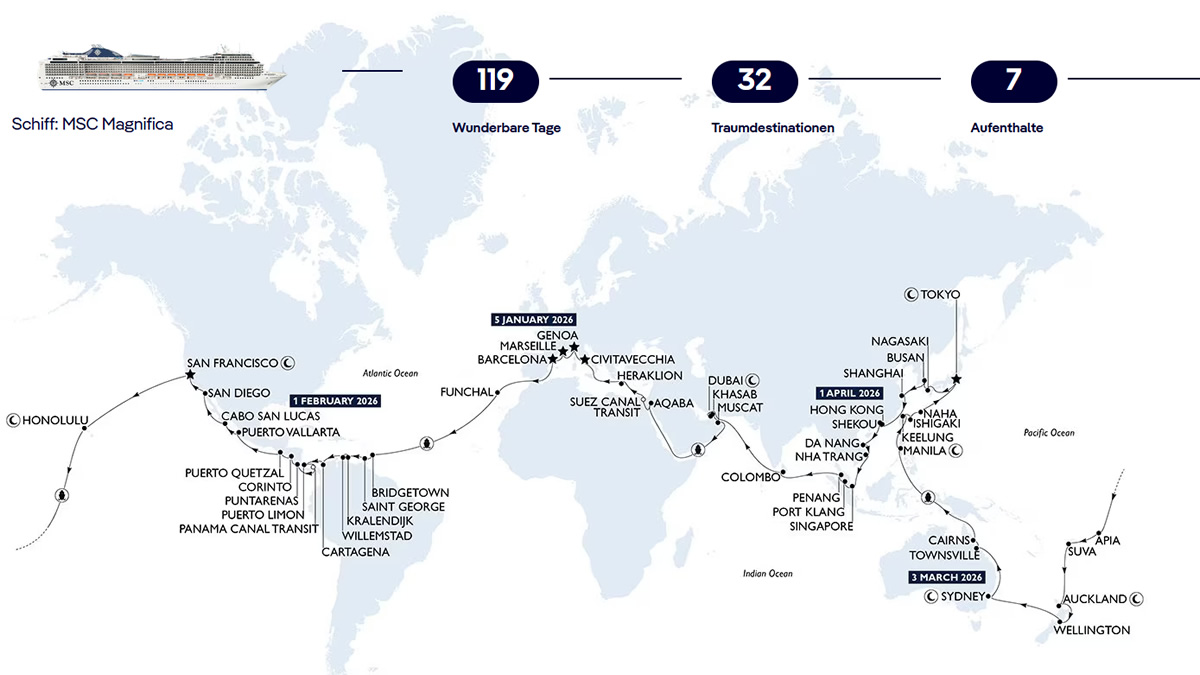California's Population: The Impact Of Immigration

Table of Contents
The Changing Demographic Landscape of California
Immigration as a Primary Driver of Population Growth
Historically, immigration has been a cornerstone of California's population growth. From the Gold Rush era to the present day, waves of immigrants from diverse backgrounds have contributed to the state's dynamism. Major immigrant source countries include Mexico, China, India, and the Philippines, each bringing unique cultural perspectives and skills. According to the U.S. Census Bureau, immigrants and their descendants constitute a substantial percentage of California's population.
- Increased birth rates among immigrant communities: Higher fertility rates among some immigrant groups contribute to natural population increase.
- In-migration exceeding out-migration: California consistently attracts more immigrants than it loses through emigration.
- Impact on age demographics: Immigration significantly influences the age structure of California's population, with a relatively younger immigrant population compared to the native-born.
Geographic Distribution of Immigrant Populations
Immigrant populations in California are not uniformly distributed. Major metropolitan areas like Los Angeles and San Francisco exhibit high concentrations of immigrants, often leading to the formation of distinct ethnic enclaves. However, immigrant communities are also increasingly establishing themselves in smaller cities and towns across the state.
- Concentration in major metropolitan areas: Los Angeles and San Francisco are hubs for diverse immigrant communities, offering economic opportunities and cultural support networks.
- Growth in smaller cities and towns: Immigrants are contributing to the growth and diversification of smaller California communities.
- Impact on housing markets and infrastructure: The influx of immigrants places demands on housing, transportation, and other essential services, impacting local infrastructure development. The creation of ethnic enclaves can also lead to specific needs regarding language access and cultural sensitivity in local services.
Economic Contributions of Immigrants to California
Immigrant Labor Force Participation
Immigrants significantly contribute to California's diverse economy. They play crucial roles across various sectors, including agriculture, technology, healthcare, and small business ownership. Many immigrants fill essential labor needs, often in jobs that native-born workers may be less likely to pursue.
- Statistics on immigrant employment rates: Data consistently shows high labor force participation rates among immigrants in California.
- Examples of successful immigrant-owned businesses: Countless examples exist of immigrant entrepreneurs who have started and grown successful businesses, contributing significantly to the state's economy.
- Contributions to GDP: Immigrants contribute substantially to California's Gross Domestic Product (GDP), boosting economic productivity.
Fiscal Impact of Immigration on California
While there are costs associated with providing public services to immigrant communities (education, healthcare), immigrants also contribute significantly to the state's tax base. Studies on the overall net fiscal impact of immigration on California vary, but many suggest a net positive contribution.
- Tax revenue generated by immigrants: Immigrants pay various taxes, contributing to state and local government revenues.
- Cost of public services: Providing public services to immigrant communities, including education and healthcare, represents a cost to the state.
- Studies on the net fiscal impact: Research on the overall fiscal impact of immigration frequently shows a positive net effect on California's economy.
Sociocultural Impacts of Immigration on California
Cultural Enrichment and Diversity
Immigration has enriched California's cultural tapestry, fostering a vibrant mosaic of traditions, languages, and cuisines. This multiculturalism fuels innovation, creativity, and a more dynamic social landscape.
- Examples of cultural festivals and events: Numerous cultural festivals and events across California celebrate the diversity of immigrant communities.
- The influence of immigrant languages and art: Immigrant languages and artistic expressions have profoundly shaped California's cultural identity.
- The positive impacts of cultural diversity: California's cultural diversity is a source of strength, attracting talent and fostering a more inclusive society.
Challenges and Integration
While immigration offers numerous benefits, challenges related to integration persist. Language barriers, discrimination, and cultural adjustment can pose difficulties for immigrant communities. Effective integration policies are crucial to address these challenges.
- Challenges of language acquisition: Learning English can be a significant obstacle for some immigrants, impacting their access to employment and services.
- Addressing discrimination and prejudice: Combating discrimination and prejudice against immigrant communities is vital for fostering social cohesion.
- Support for immigrant integration programs: Investing in programs that support language acquisition, job training, and cultural orientation can greatly aid successful integration.
Conclusion
In summary, immigration has profoundly shaped California's population, contributing significantly to its economic dynamism, cultural richness, and demographic diversity. While challenges related to integration exist, the overwhelmingly positive impacts of immigration are undeniable. Understanding the complex relationship between California's population and immigration is paramount for crafting effective and inclusive policies that support both economic prosperity and social harmony. Continued research and thoughtful discussion about California's population and immigration are crucial for building a more prosperous and inclusive future for the state. Learn more about the crucial relationship between California's population and immigration to further your understanding and contribute to informed policymaking.

Featured Posts
-
 Zelenskiy Tramp Putin Kak Istochnik Skrytogo Konflikta
May 27, 2025
Zelenskiy Tramp Putin Kak Istochnik Skrytogo Konflikta
May 27, 2025 -
 Nova Nimetska Vlada Ta Ukrayina Yaka Viyskova Pidtrimka Ochikuyetsya
May 27, 2025
Nova Nimetska Vlada Ta Ukrayina Yaka Viyskova Pidtrimka Ochikuyetsya
May 27, 2025 -
 Avrupa Merkez Bankasi Tarifeler Icin Uyari
May 27, 2025
Avrupa Merkez Bankasi Tarifeler Icin Uyari
May 27, 2025 -
 Gucci Cruise 2026 A Florentine Renaissance
May 27, 2025
Gucci Cruise 2026 A Florentine Renaissance
May 27, 2025 -
 Data Penyelamatan Damkarmat Bandar Lampung 334 Kasus Non Kebakaran 2025
May 27, 2025
Data Penyelamatan Damkarmat Bandar Lampung 334 Kasus Non Kebakaran 2025
May 27, 2025
Latest Posts
-
 Unveiling The Untold Story Exploring The Potential Of A Second Pacific Rim Film
May 30, 2025
Unveiling The Untold Story Exploring The Potential Of A Second Pacific Rim Film
May 30, 2025 -
 Gilermo Del Toro Predstavit Treyler Svoego Frankenshteyna V Etu Subbotu
May 30, 2025
Gilermo Del Toro Predstavit Treyler Svoego Frankenshteyna V Etu Subbotu
May 30, 2025 -
 Daredevil Born Agains Cut Scene What We Missed About The New White Tiger
May 30, 2025
Daredevil Born Agains Cut Scene What We Missed About The New White Tiger
May 30, 2025 -
 Delving Into The Potential Of A Pacific Rim Sequel Lost Plots And Characters
May 30, 2025
Delving Into The Potential Of A Pacific Rim Sequel Lost Plots And Characters
May 30, 2025 -
 Premera Treylera Filma Frankenshteyn Ot Gilermo Del Toro Chto Zhdat V Etu Subbotu
May 30, 2025
Premera Treylera Filma Frankenshteyn Ot Gilermo Del Toro Chto Zhdat V Etu Subbotu
May 30, 2025
